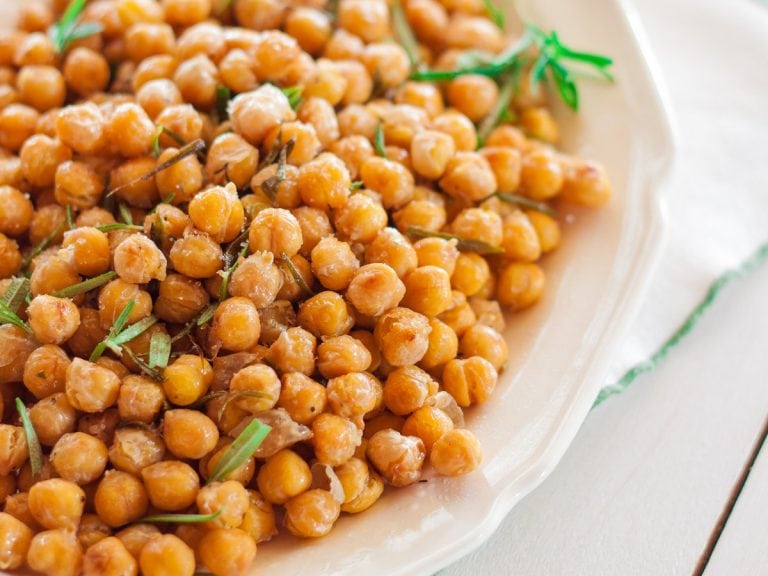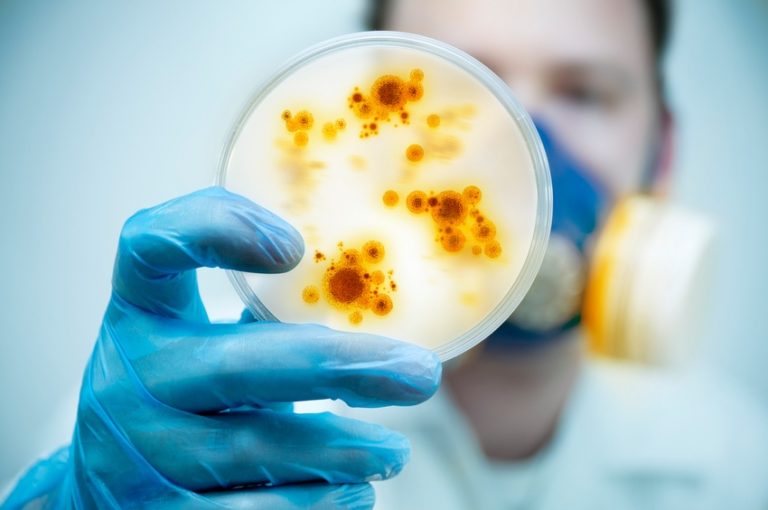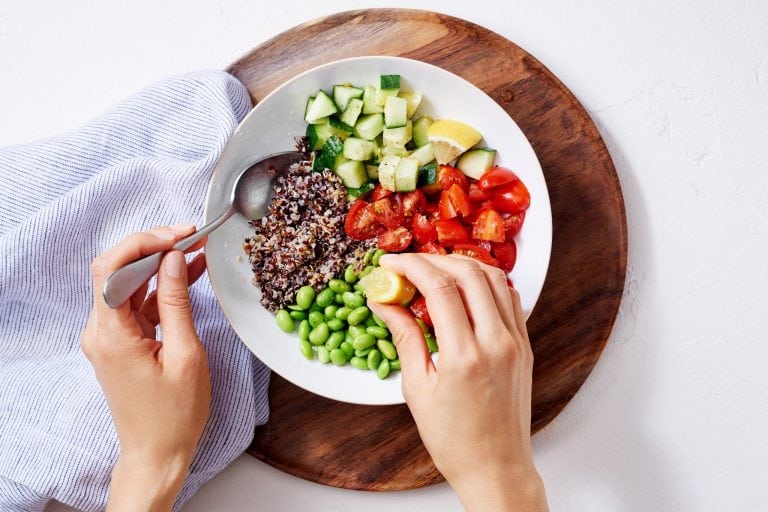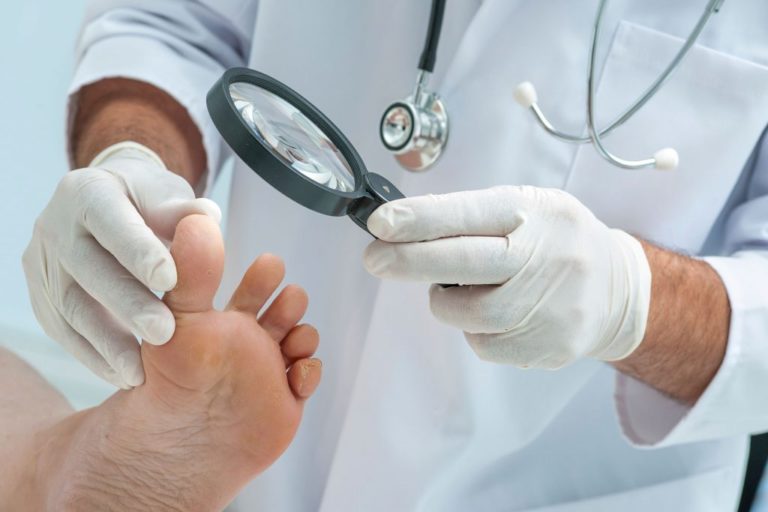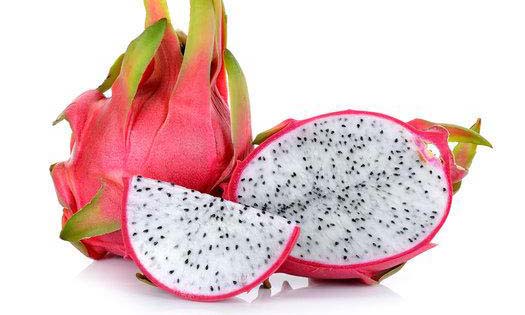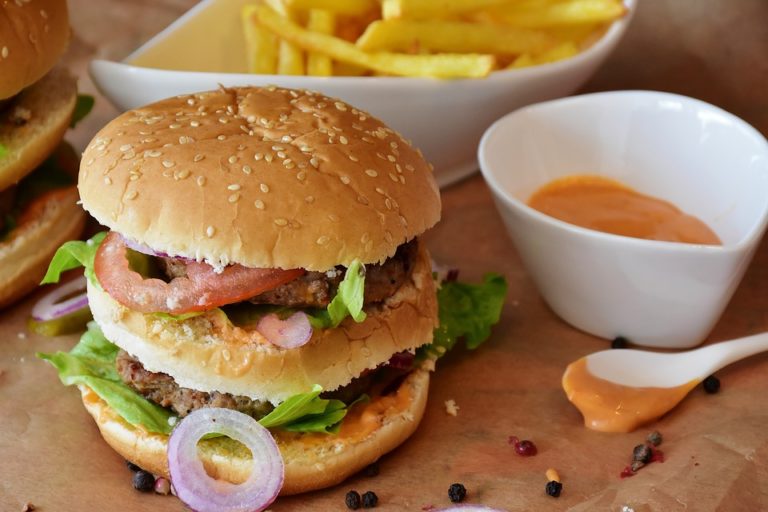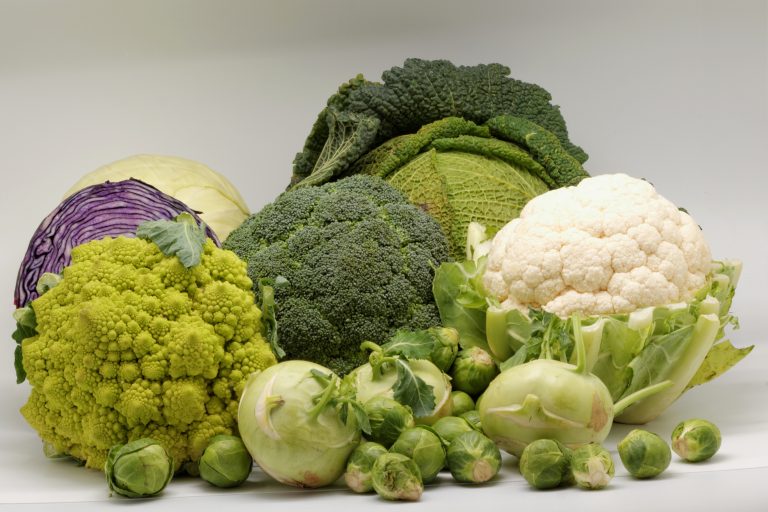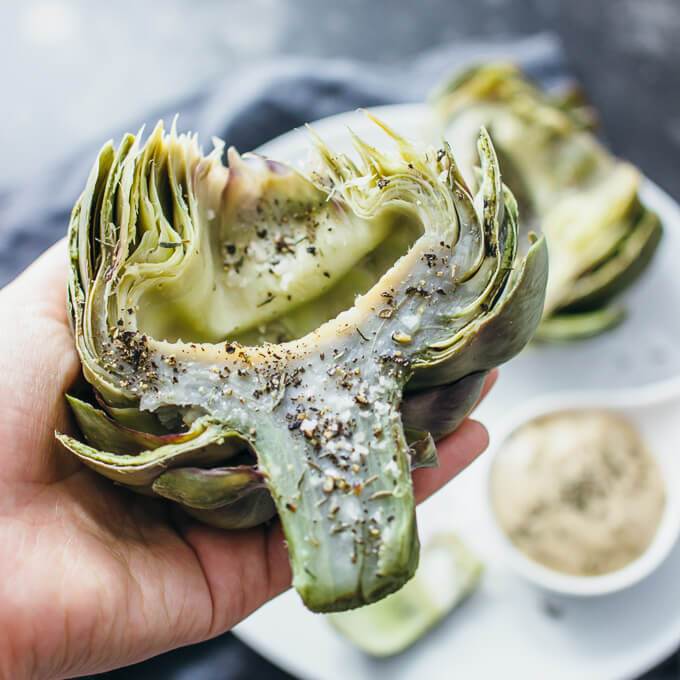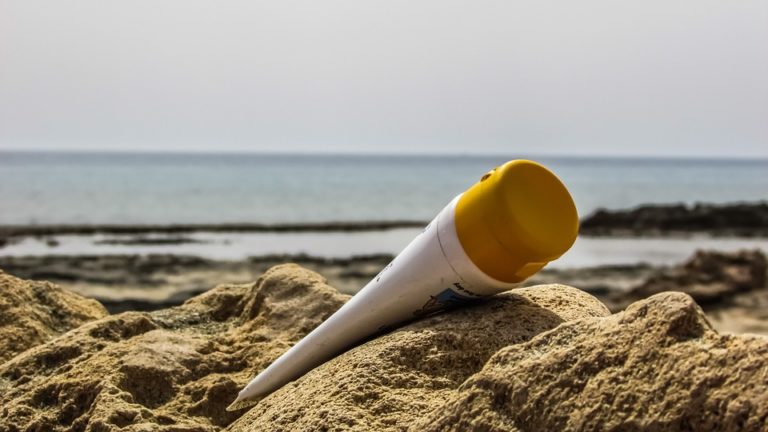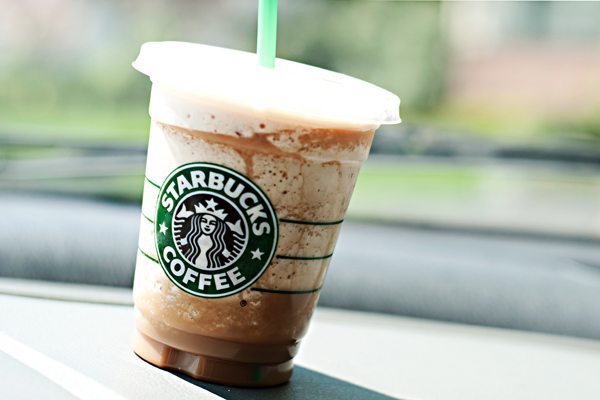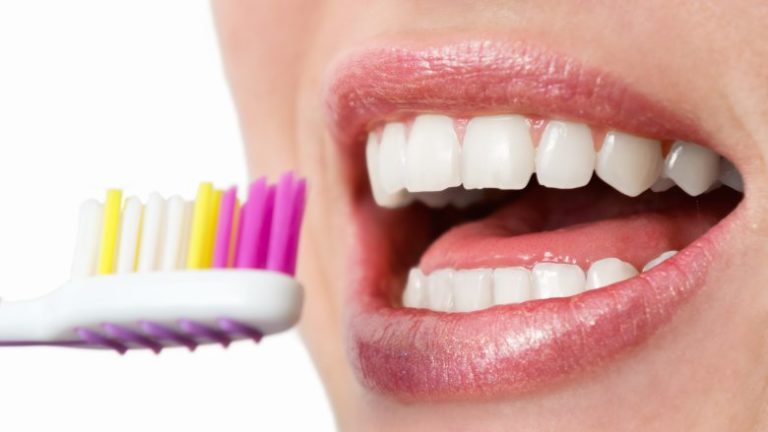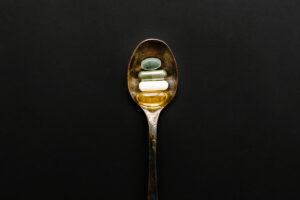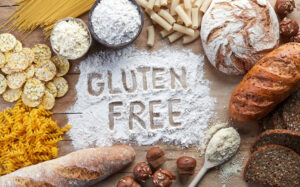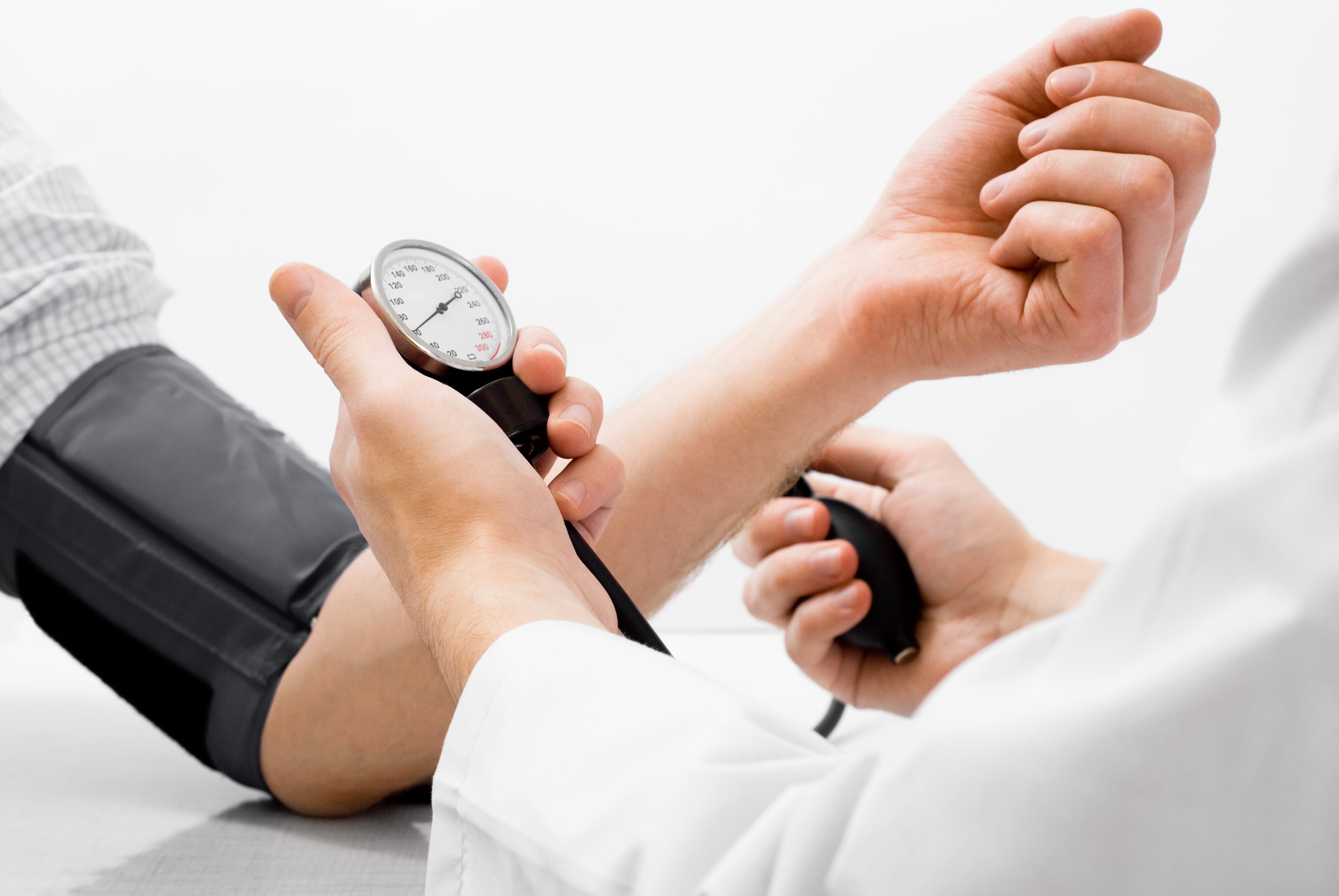
High blood pressure
The stroke risk: High blood pressure may be the single most important treatable risk for stroke.
That’s because too much pressure inside blood vessels can damage their inner lining. That in turn can make artery walls thick and stiff, which can contribute to blockages and clots that lead to ischemic stroke.
High blood pressure can also cause weak spots in artery walls that can lead to ruptures and bleeding that are typical of hemorrhagic stroke.
Reduce it: High blood pressure has no symptoms, so you won’t know you have it unless you get it checked.
Make sure a doctor, nurse — or even a blood pressure machine in your local pharmacy — measures your blood pressure at least once a year.
Lifestyle measures such as a diet with lots of fruits and vegetables and minimal amounts of salt can help bring pressure down. If more action is needed, medications can help.
Discuss all your medications and symptoms with your doctor so that he or she can make sure you avoid adverse drug interactions and address any side effects.



